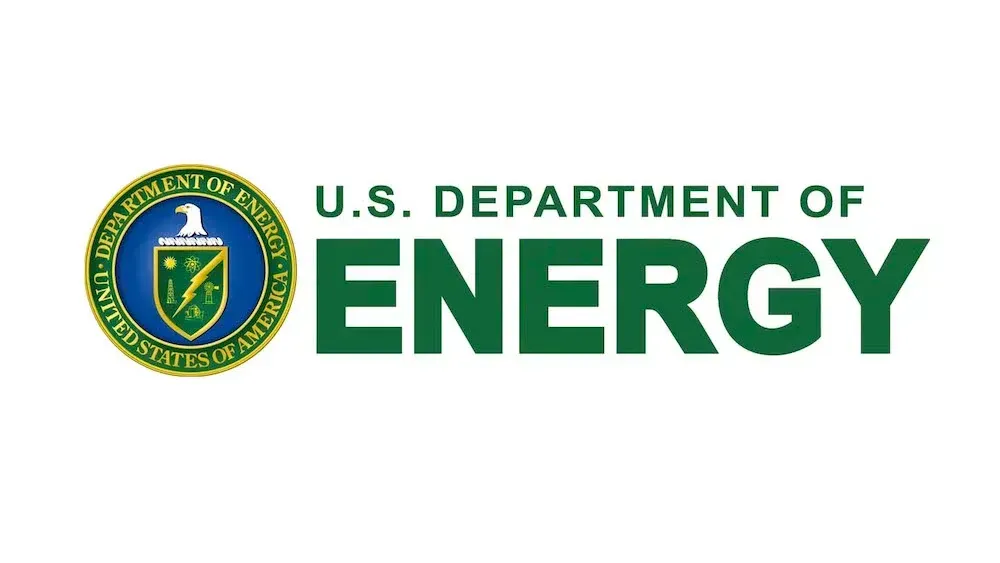New IEA online tool compares lifecycle emissions from traditional and electric cars
The IEA has introduced a new interactive tool that enables users to examine the greenhouse gas emissions of passenger cars across different powertrains, including battery electric, conventional, and plug-in hybrid. This calculator considers the full lifecycle of vehicles—from raw material extraction and manufacturing to usage—offering an accurate estimate of both direct and indirect emissions for various car types.
According to IEA's analysis, with current policies alone, nearly one in six cars on the road will be electric by 2030, leading to a significant reduction in greenhouse gas emissions. The adoption rate of electric vehicles would be even higher if countries fully implement their energy and climate commitments.
The online calculator allows users to choose variables such as car size, powertrain type, fuel economy, and lifespan for various regions and countries. It also considers driving patterns, such as those of city commuters or occasional drivers, to assess how these factors influence a vehicle's lifetime emissions. This tool highlights the many factors that shape the emissions profiles of different vehicle types, offering valuable insights for policymakers and consumers.
Users can also adjust assumptions about energy supply, including the emissions intensity of electricity production and the level of biofuel blending in conventional and plug-in hybrid vehicles. This feature helps visualize the potential impact of decarbonizing energy sectors on a car’s future emissions under different scenarios, including one based on current policies and another aiming for net-zero emissions by 2050.
Lifecycle assessment offers a comprehensive view of a product’s emissions across its entire lifecycle. For electric vehicles, this includes emissions from the mining of critical minerals for batteries and the electricity generation mix used to power them.
Developed under the Global Environment Facility’s (GEF) Global Programme to support the transition to electric mobility, the EV Life Cycle Assessment Calculator complements the IEA’s Total Costs of Ownership tool, the Global EV Outlook 2024, as well as the Global EV Data Explorer and Global EV Policy Explorer.
ABOUT US
Elementale Enterprises Inc. offers clients Value-Added Sustainability engineering solutions in both industrial and commercial areas, that allow them to maintain their competitiveness while staying sustainable.
SERVICES
- Industrial Solutions
- Commercial Solutions
- Product Solutions
- Value-Added Engineering
- Grant-Writing Applications
CONTACT INFO
Elementale Enterprises, Inc15584 Summit ParkSuite 301Montgomery, TX 77356
Office: 936-283-4115Cell:
973-641-6771
Email:
info@elementale-ent.com
All Rights Reserved | Elementale Enterprises Inc










